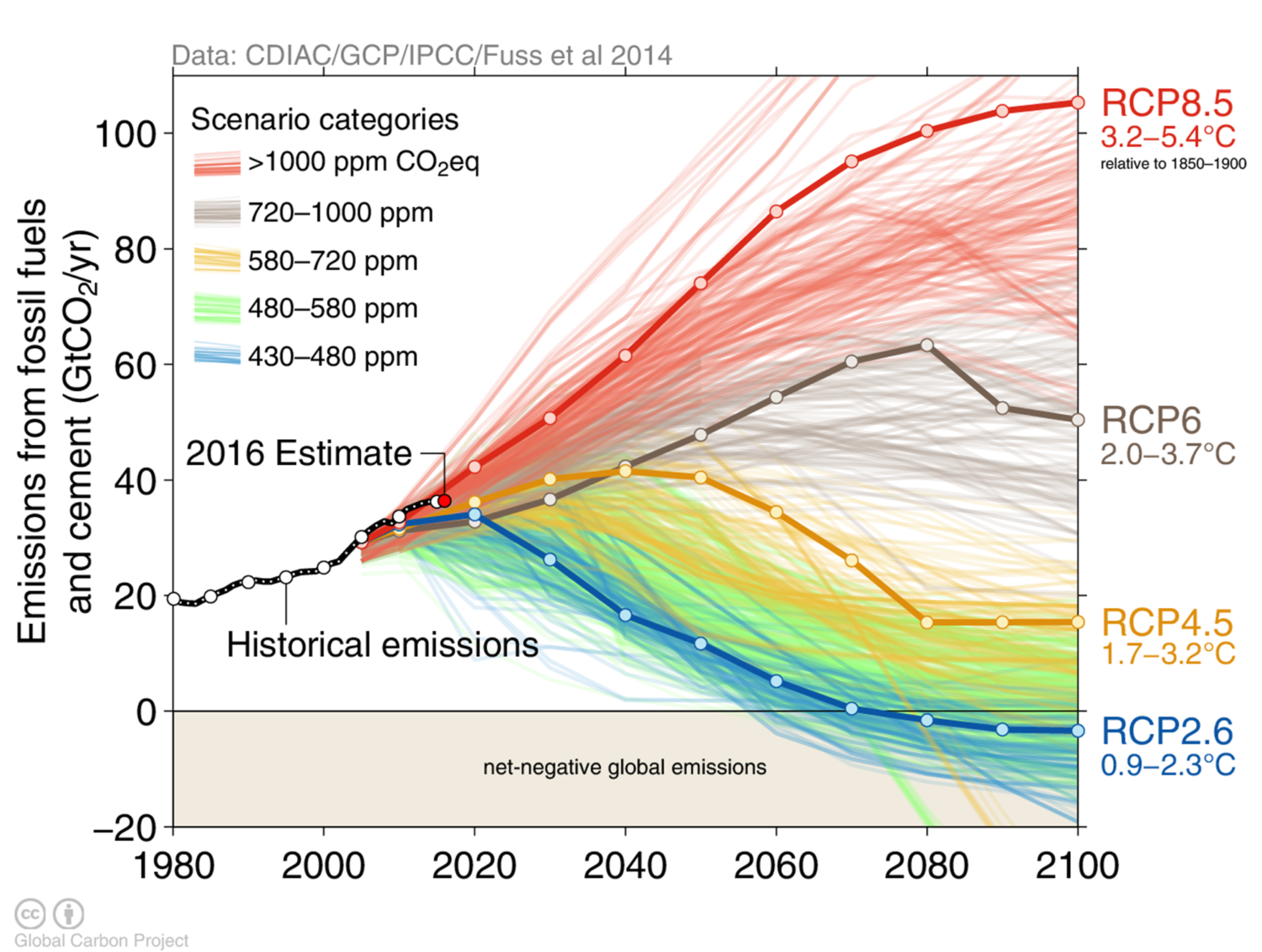

Since peat bogs collect and store large amounts of carbon, they are what is known as a “carbon sink.” So, one way to help the planet would be to protect these spaces, but unfortunately peat, and often the land, is valuable.
"Worldwide, the remaining area of near natural peatland (over 3 million km2) sequesters 0.37 gigatonnes of CO2 a year. Peat soils contain more than 600 gigatonnes of carbon which represents up to 44% of all soil carbon, and exceeds the carbon stored in all other vegetation types including the world’s forests.“ IUCN
Peat is built up dead vegetation that(thanks to the wet and low-oxygen environments) does not break down, creating a sponge-like effect. They hold carbon, help control water flow(helping with both floods and droughts), and improve water quality through filtering.
If harvested on a small and sustainable scale, it can provide a firewood alternative, a plant substrate, a fertilizer, and more. However, the peatlands are drained on large scales, so it is important that people know the importance of these (often hated) areas.
More Info:

